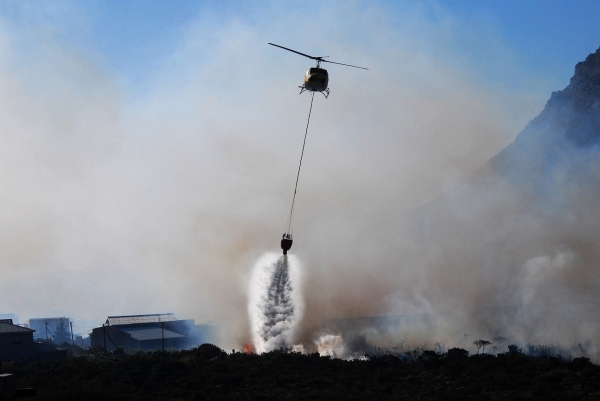In fire-prone areas, water isn’t the only thing used to quell blazes. Wildland firefighters also apply chemical or synthetic suppressants. Researchers reporting in ACS’ Environmental Science & Technology Letters explored whether these suppressants could be a source of elevated metal levels sometimes found in waterways after wildfires are extinguished. Several products they investigated contained high levels of at least one metal, including chromium and cadmium, and could contribute to post-fire increases in the environment.
“Wildfires are associated with the release of toxic heavy metals to the environment, but until now, it was assumed that these metals came from natural sources like soil,” says Daniel McCurry, principal investigator of the study. “We now know that fire retardants may contribute to these metal releases.”
Wildfire suppressant products, which are intended to inhibit fire activity before and after water evaporates, include fire retardants, water enhancers and foams. As wildfires have become more frequent and severe, larger volumes of water along with chemical and synthetic suppressants — sprayed from the ground and dropped from planes — have been required to extinguish them. Although manufacturers identify most of the active ingredients in suppressants, some components are proprietary. In addition, previous researchers have observed increased concentrations of potentially toxic metals in soil and streams after wildfires. So, McCurry and colleagues at the University of Southern California wondered if the suppressants contain metals and could contaminate the environment.
Read more at American Chemical Society
Photo Credit: janekszy46 via Pixabay
Sci/Tech Environmental Policy Top Stories
